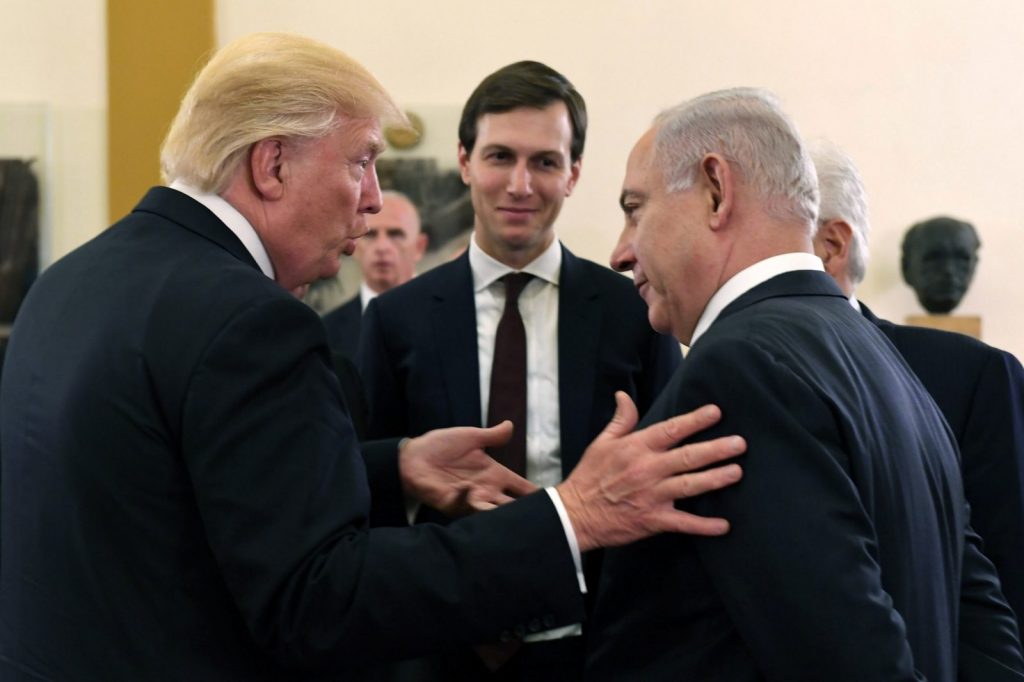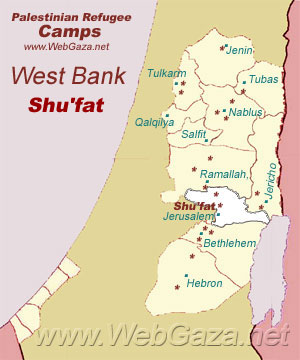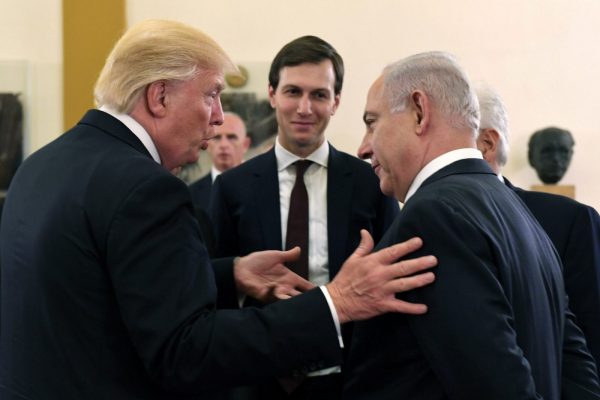The forthcoming US Middle East peace plan, known as the “Deal of the Century,” includes a transition period of four years, as the US administration believes that Mahmoud Abbas, Palestinian president will refuse the plan but his successor may accept it, Hebrew media reported, according to Al Ray.

The “deal” proposes the establishment of a demilitarized Palestinian state on 70% of occupied West Bank, with Shu’fat town, northeast of Jerusalem, as its capital.
According to details published, the plan allows Israel to annex 30% to 40% of Area C, while Palestinians will have control over about 40% of Areas A and B. This leaves the status of the remaining 30% of Area C unclear.
Under the Oslo Accords, the occupied West Bank are divided to three areas, A, B, and C. Area A constitutes 18% of the West Bank that is under Palestinian Authority control, and B area constitutes 21% of the West Bank which is under Palestinian administrative control and Israeli security control.
With Area C constituting 61% of the occupied West Bank and being under both Israeli administrative and security control, this means any Palestinian projects or measures will need Israeli approval.
During the transition period, Israel would be able to build in areas where settlements already exist, but will not be able to expand beyond its current borders. It will also ban the approval of new urban development plans for the expansion of industrial areas in the West Bank.
Palestinians will be able to declare an independent state, but with limited powers. It will be completely demilitarized, it will have no control over its aerial space or border crossings and will not be allowed to form alliances with other countries.
The plan suggests the construction of a tunnel connecting the West Bank and the Gaza Strip, which will reportedly serve as a safe passage for Palestinians.

The site reported that this is a very sensitive issue which has not yet been examined by Israeli security authorities who will certainly have their reservations in ensuring that the tunnel will not be used to transfer weapons or individuals wanted for crimes against Israel
The plan demands that the Palestinian Authority will regain full control over Gaza Strip and demilitarize the factions within it.
The deal leaves 15 settlements in small, isolated enclaves of Israeli sovereignty and settlers fear that they will have to evacuate their homes, at some point.
According to the deal, Jerusalem will remain entirely under Israeli sovereignty, including the Noble Sanctuary and other holy places that will be under the joint supervision of both Israelis and Palestinians.
The deal states that everything beyond the separation fence in Jerusalem will be transferred to the Palestinians, provided they accept the plan’s full outline.
Palestinians would not be able to annex territories unilaterally, like Israel in Area C.
The program also offers $50 billion in funding for projects in territories designated for the Palestinian state.
Sources close to the White House claim that the Saudi Crown Prince, Mohammad bin Salman, and the other princes of the Persian Gulf countries have promised the US administration to donate money, in an effort to prevent the Palestinians from sabotaging the plan behind the scenes.
Palestinian officials have threatened to stop security coordination if Israel applies sovereignty over all of its settlements.
Israeli sources who have been briefed on Jared Kushner’s peace plan, set to be published early this week, say it will basically maintain the current situation, and is consistent with right-wing and religious positions.
Kushner’s plan is written in a way that guarantees it will be rejected by the Palestinian Authority, and will be released after two years with no communications between the United States and the Palestinians.
IMEMC

Leave a Reply
You must be logged in to post a comment.